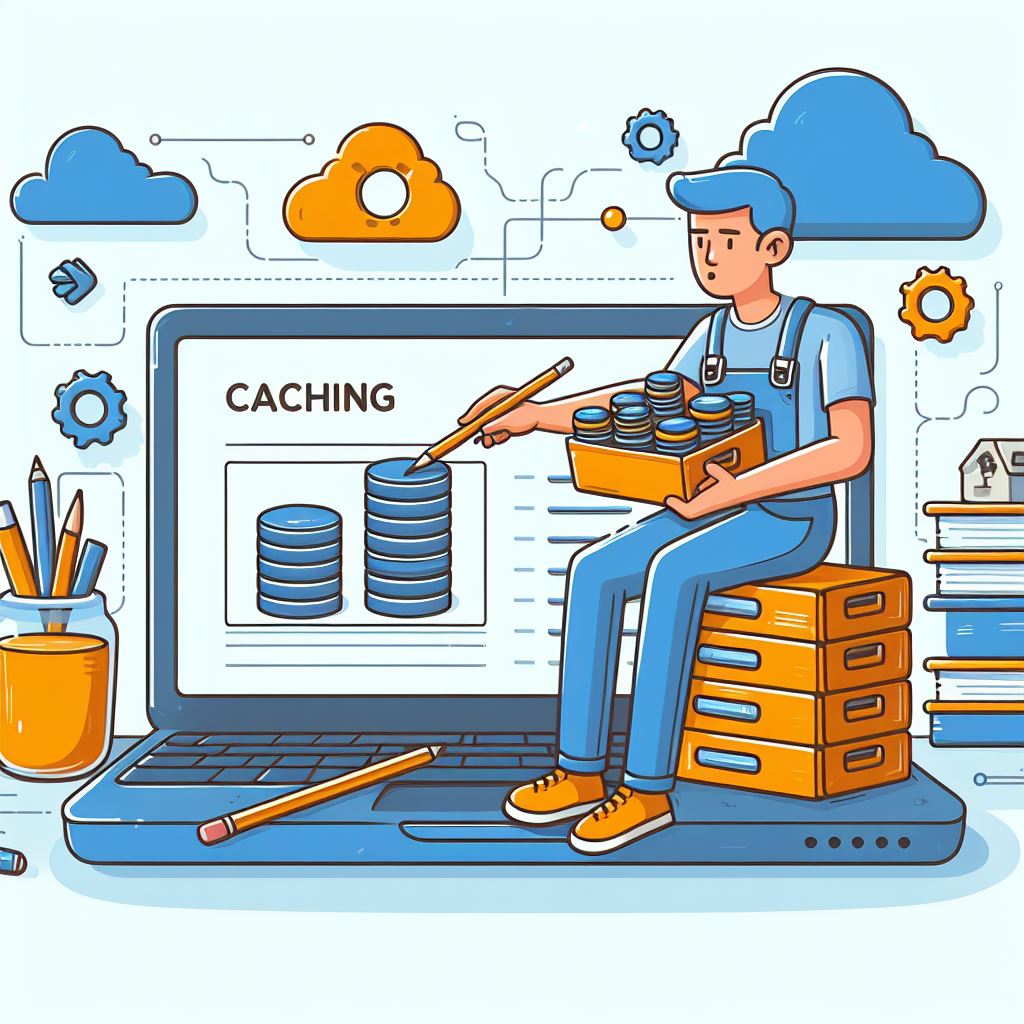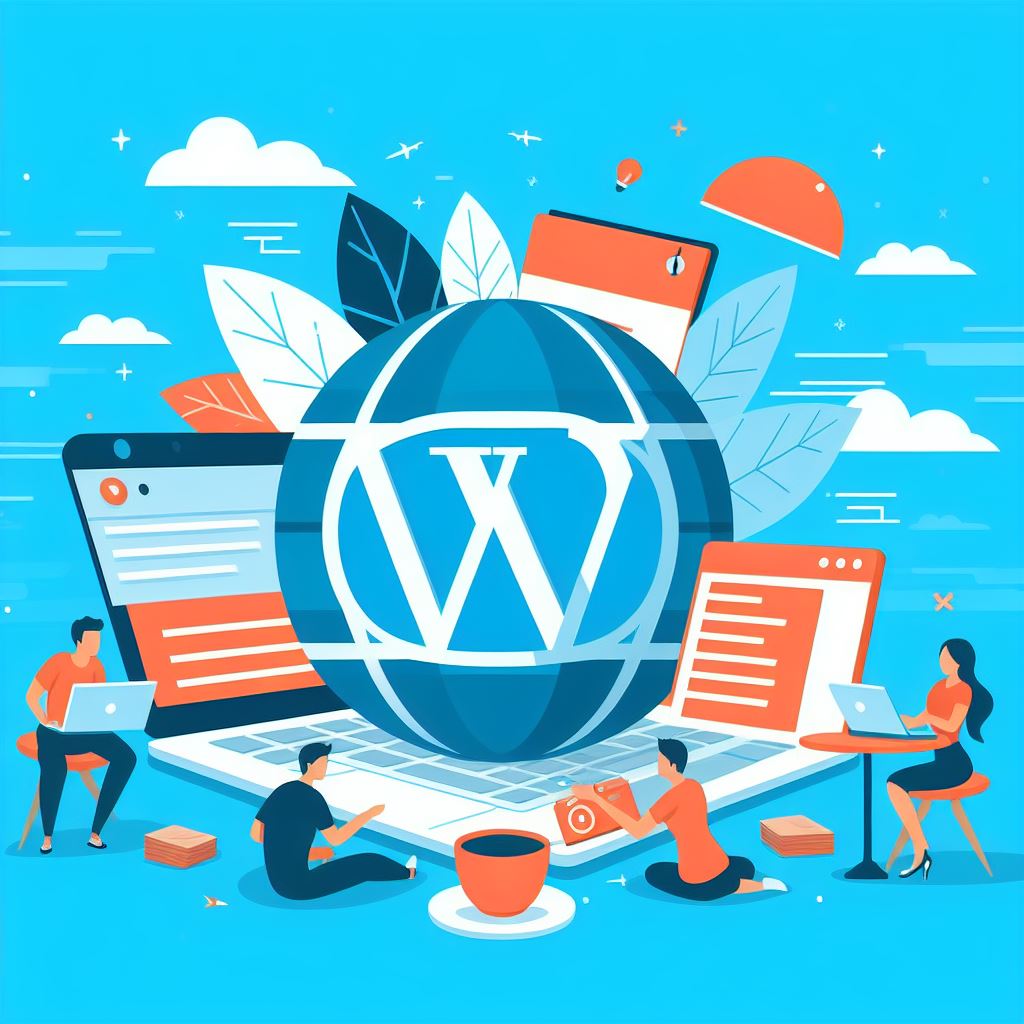In the fast-paced digital landscape, website performance is paramount for user satisfaction and search engine rankings. One effective strategy to enhance your website’s speed is through the implementation of website caching. In this article, we’ll delve into the world of website caching, exploring its benefits, potential drawbacks, and considerations to help you make an informed decision.
Understanding Website Caching
Website caching is a technique that involves storing copies of your website’s files or data in a temporary storage location. The purpose is to expedite the loading time for users by reducing the need for the server to generate content from scratch each time a request is made. Instead, cached content can be quickly delivered to the user’s browser, resulting in a faster and more seamless user experience.
The Benefits of Website Caching
Enabling website caching offers a myriad of advantages that can significantly impact your website’s performance and user satisfaction.
1. Improved Loading Times
The primary benefit of website caching is a noticeable improvement in loading times. By serving cached content, users experience faster page loads, reducing bounce rates and increasing overall engagement.
2. Bandwidth Conservation
Caching helps conserve bandwidth by minimizing the amount of data transmitted between the server and the user’s browser. This is particularly beneficial for websites with high traffic volumes, ensuring a smoother experience for all users.
3. Enhanced User Experience
A faster website contributes to a positive user experience. Users are more likely to stay on your site, explore more pages, and complete desired actions such as making a purchase or submitting a form.
4. SEO Boost
Search engines, including Google, consider page speed as a ranking factor. A faster website can positively impact your search engine rankings, leading to increased visibility and organic traffic.
5. Server Load Reduction
Website caching reduces the load on your server by serving pre-generated content. This can be particularly beneficial during traffic spikes, preventing server crashes and ensuring consistent website performance.
Potential Drawbacks of Website Caching
While website caching offers numerous advantages, it’s essential to be aware of potential drawbacks to make an informed decision tailored to your website’s specific needs.
1. Stale Content Issues
One challenge with caching is the potential for serving outdated or stale content. If updates are made to your website, users might not see the latest changes until the cached content expires or is cleared.
2. Dynamic Content Challenges
For websites with highly dynamic content, such as real-time updates or personalized user information, caching can pose challenges. Ensuring that dynamic elements remain accurate and up-to-date may require additional configuration.
3. Resource Intensiveness
Implementing caching mechanisms can be resource-intensive, particularly for websites with complex structures or numerous dynamic elements. It’s crucial to assess your server capabilities and choose a caching solution that aligns with your website’s requirements.
Choosing the Right Caching Strategy
Deciding whether to enable caching on your website involves selecting the most suitable caching strategy based on your website’s characteristics and goals.
1. Page Caching
Page caching involves storing entire HTML pages as static files. This method is effective for static websites or those with content that doesn’t change frequently. It provides a quick response to user requests by delivering pre-rendered pages.
2. Object Caching
Object caching focuses on storing specific database queries or PHP objects. This approach is beneficial for dynamic websites with frequently changing content. By caching specific elements, you can still achieve performance gains without serving stale content.
3. Browser Caching
Browser caching instructs the user’s browser to store certain resources locally, such as images, stylesheets, and scripts. This reduces the need to download these resources with each visit, further improving page load times for returning visitors.
Implementing Website Caching
Enabling website caching involves choosing a caching method and implementing it through various tools or plugins. Here’s a brief overview of the steps involved:
1. Selecting a Caching Solution
Choose a caching solution that aligns with your website’s platform (e.g., WordPress, Drupal) and your specific caching needs. Popular options include W3 Total Cache, WP Super Cache, and Redis for more advanced users.
2. Configuring Caching Settings
Once you’ve installed a caching plugin or tool, configure the settings to match your website’s requirements. Pay attention to expiration times, cache purging mechanisms, and specific elements you want to cache.
3. Testing and Monitoring
After implementing caching, thoroughly test your website to ensure that everything functions as intended. Monitor performance metrics, such as loading times and server resource usage, to identify any potential issues.
4. Regular Maintenance
Website caching is not a set-it-and-forget-it solution. Regularly review and update your caching settings based on changes to your website’s structure or content. This helps prevent potential issues, such as serving stale content.
Conclusion: Making an Informed Decision
In conclusion, whether to enable website caching depends on various factors, including the nature of your website, the frequency of content updates, and your server’s capabilities. The benefits of improved loading times, bandwidth conservation, and SEO boost are substantial, but it’s essential to weigh them against potential drawbacks and choose a caching strategy that aligns with your specific needs.
Before implementing caching, thoroughly assess your website’s characteristics and choose the most suitable caching method. Regular monitoring and maintenance are crucial to ensure optimal performance over time. With the right caching strategy in place, you can enhance your website’s speed, user experience, and overall success in the digital landscape.



